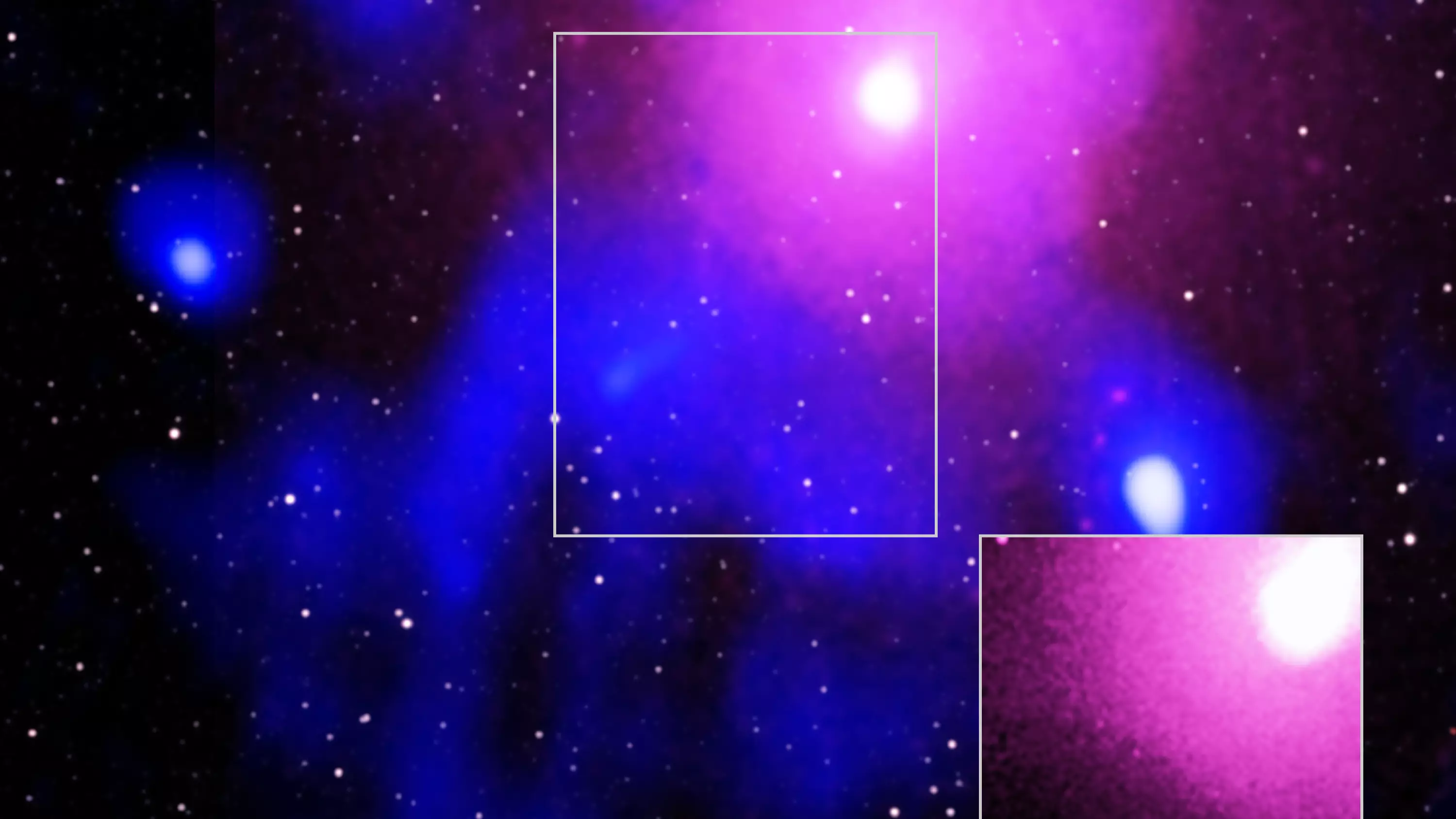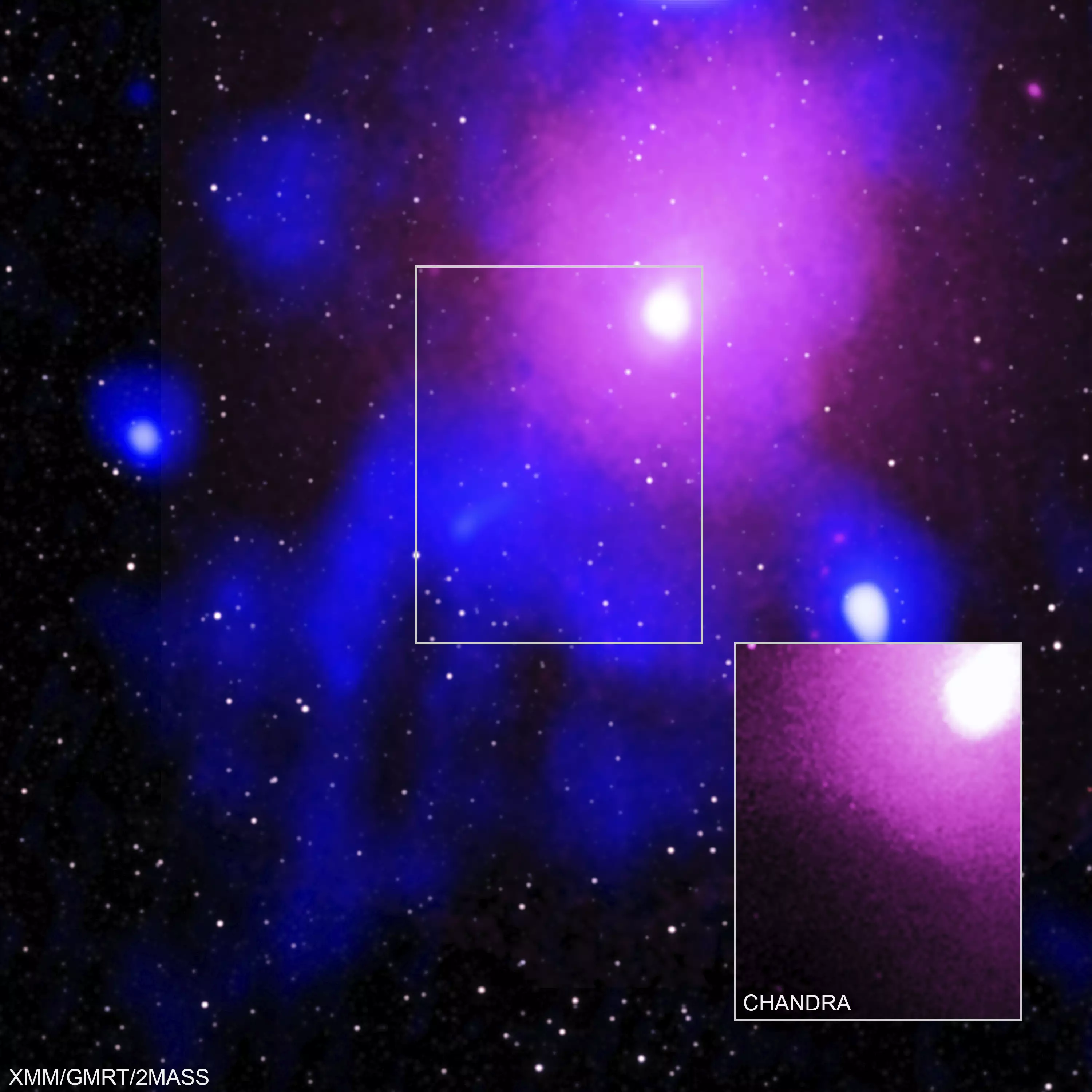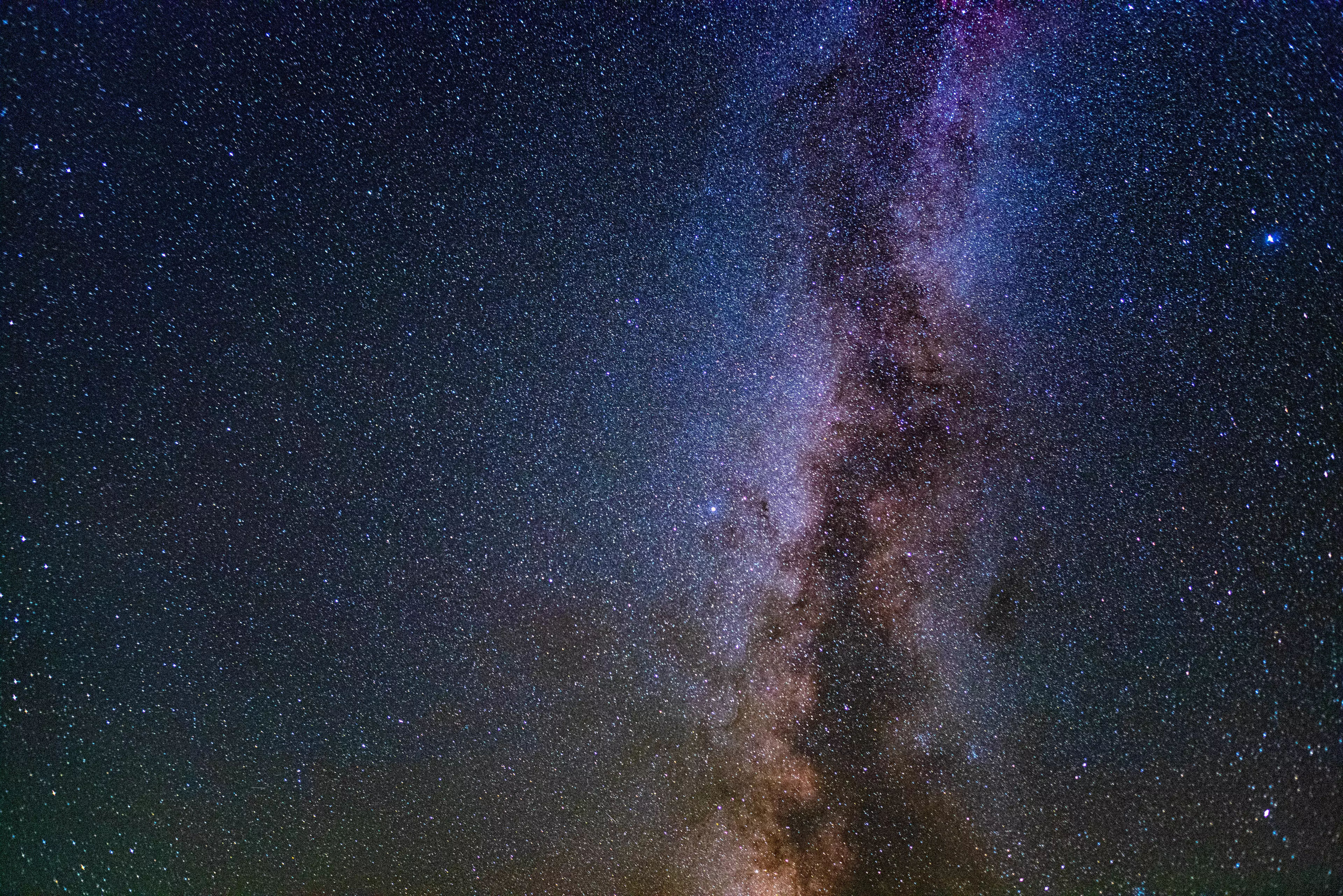
Scientists have just discovered the biggest explosion ever.
The blast originated in a supermassive blackhole some 390 million lightyears away from Earth and is five times larger than anything observed before.
It left an enormous dent in the Ophiuchus galaxy cluster, which is the hot gas surrounding the black hole.
Advert
The discovery was made by researchers at the International Centre for Radio Astronomy Research (CRAR).
In a statement, Melanie Johnston-Hollitt, professor at the Curtin University node of the CRAR, said: "We've seen outbursts in the centres of galaxies before but this one is really, really massive.
"And we don't know why it's so big. But it happened very slowly-like an explosion in slow motion that took place over hundreds of millions of years."

She told PA: "This is the most energetic outburst we have seen since the Big Bang."
Advert
But she admitted that, due to its sheer size - the crater could fit 15 Milky Ways inside - some people couldn't believe it.
Adding: "People were sceptical because of the size of outburst. But it really is that. The Universe is a weird place."
The find was made using four radio telescopes: Nasa's Chandra X-ray Observatory, ESA's XMM-Newton, the Murchison Widefield Array (MWA) in Western Australia, and the Giant Metrewave Radio Telescope (GMRT) in India.
According to the report, which was published in The Astrophysical Journal, the the explosion dates between 240 million and 400 million years old.
Advert
This is because its radio properties suggest it is at least 240 million years old while the optical data estimates that it is no older than 400 million.

Describing the cavity left by the explosion, lead author of the study Dr Simona Giacintucci, from the Naval Research Laboratory in America, said: "In some ways, this blast is similar to how the eruption of Mount St Helens (volcano) in 1980 ripped off the top of the mountain.
"The difference is that you could fit 15 Milky Way galaxies in a row into the crater this eruption punched into the cluster's hot gas."
Advert
The groundbreaking discovery will now, hopefully, form the foundations for more intricate and accurate research.
Prof Johnston-Hollitt added: "We made this discovery with Phase 1 of the MWA, when the telescope had 2,048 antennas pointed towards the sky.
"We're soon going to be gathering observations with 4,096 antennas, which should be 10 times more sensitive.
Advert
"I think that's pretty exciting."
Featured Image Credit: PATopics: Science, Interesting